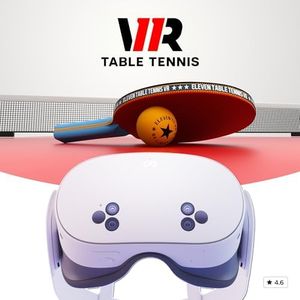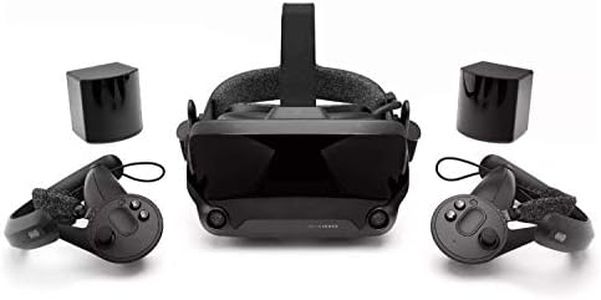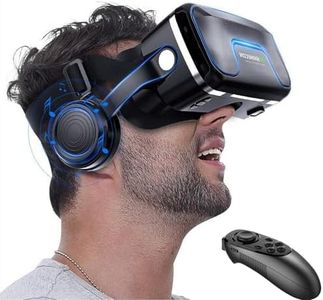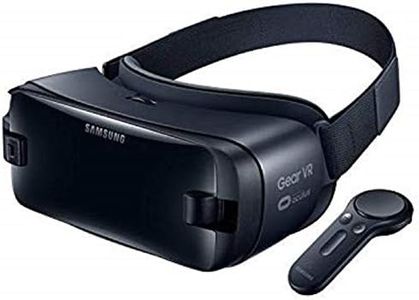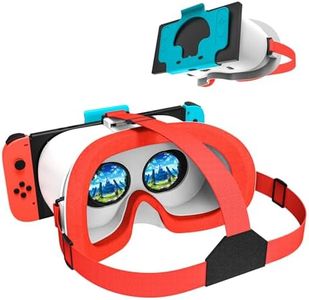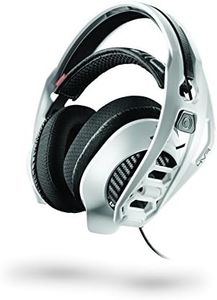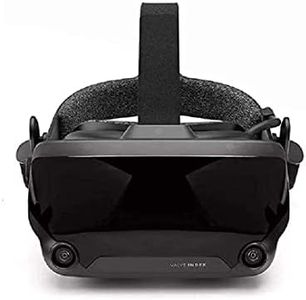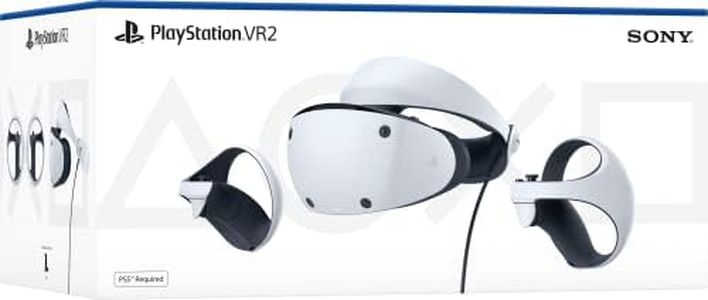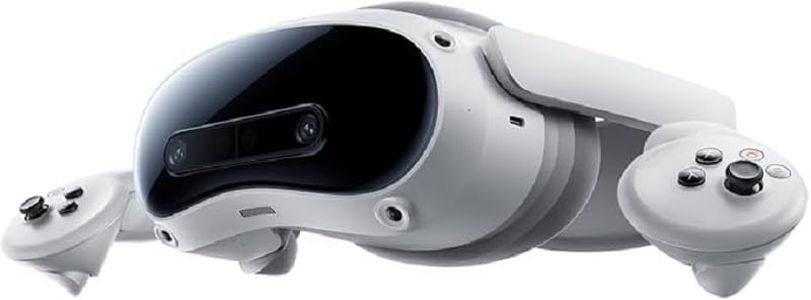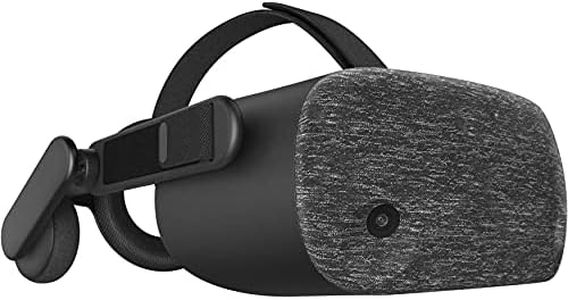We Use CookiesWe use cookies to enhance the security, performance,
functionality and for analytical and promotional activities. By continuing to browse this site you
are agreeing to our privacy policy
10 Best VR headsets
From leading brands and best sellers available on the web.Buying Guide for the Best VR headsets
Picking the right VR headset can create a huge difference in your experience, whether you want to play games, enjoy immersive videos, or explore virtual spaces. The market offers a range of options, each suited for different needs—from standalone units to those relying on powerful PCs or consoles. The main focus should be on how you plan to use your headset: Do you want mobility and ease of use, or are you aiming for the highest visual quality and complex interactions? By understanding the key specifications that affect comfort, performance, and compatibility, you can make an informed and satisfying choice.Display ResolutionDisplay resolution refers to the number of pixels in each eye’s display, affecting how clear and sharp the virtual world appears. Higher resolution means you’ll see more detail and less 'screen door effect'—the visible lines between pixels. Resolutions typically range from low (under 1600x1440 per eye), medium (1600x1440 to 2160x2160 per eye), to high (above 2160x2160 per eye). Go for higher resolution if you value image clarity, especially for reading text or exploring detailed environments. For casual gaming or less intensive experiences, a medium resolution often provides a good balance.
Field of View (FOV)Field of view determines how much of the virtual world you can see at once, usually measured in degrees. A narrow FOV (less than 90 degrees) might feel like you're looking through a tunnel, while a wide FOV (100-120 degrees or more) lets you feel more 'inside' the experience. If immersion is your priority, seek a higher FOV. For most users, anything above 100 degrees is typically comfortable, but if you’re sensitive to feeling boxed-in, pay close attention to this spec.
Refresh RateRefresh rate is how many times per second the display updates, measured in hertz (Hz). This spec is important as it affects smoothness and comfort—higher rates reduce motion blur and help minimize motion sickness. You’ll generally find options ranging from 60Hz (entry level) to 120Hz (high end). Fast-moving games or users prone to motion sickness should look for headsets with at least 90Hz for a smoother experience.
Tracking SystemThe tracking system determines how your movements are captured and translated into the virtual world. Some headsets use inside-out tracking (sensors built into the headset), which is easier to set up and more portable, while others use external sensors for more precise tracking but require more installation space. Choose inside-out tracking if you value convenience and want to move the headset easily between locations. Opt for external tracking if you want the highest precision for activities like fast-paced gaming or simulation.
Platform CompatibilityPlatform compatibility means which devices your VR headset can work with, such as standalone operation, PC, or gaming console. Standalone headsets have all their hardware built in, while others rely on a connected PC or console. If you prefer a cable-free experience and simple setup, go for standalone. If you already have a powerful PC or console and want access to more demanding VR experiences, look for a headset that matches your system.
Comfort and AdjustabilityComfort and adjustability relate to how the headset fits your head and face, including its weight and how you adjust straps or lenses. Heavier and less adjustable headsets can cause fatigue during longer sessions, while lighter, well-padded ones with adjustable straps are easier to wear for extended periods. Consider how long you'll typically use the headset and whether multiple people will share it—more adjustability is better in those cases.
Controllers and InputControllers and input devices are your main way of interacting in VR. Some headsets come with basic controllers, while others offer advanced hand tracking or haptic feedback. If your main use is watching videos, simpler controllers may be enough. If you want to play interactive games or creative apps, look for headsets supporting precise, feature-rich controllers.
